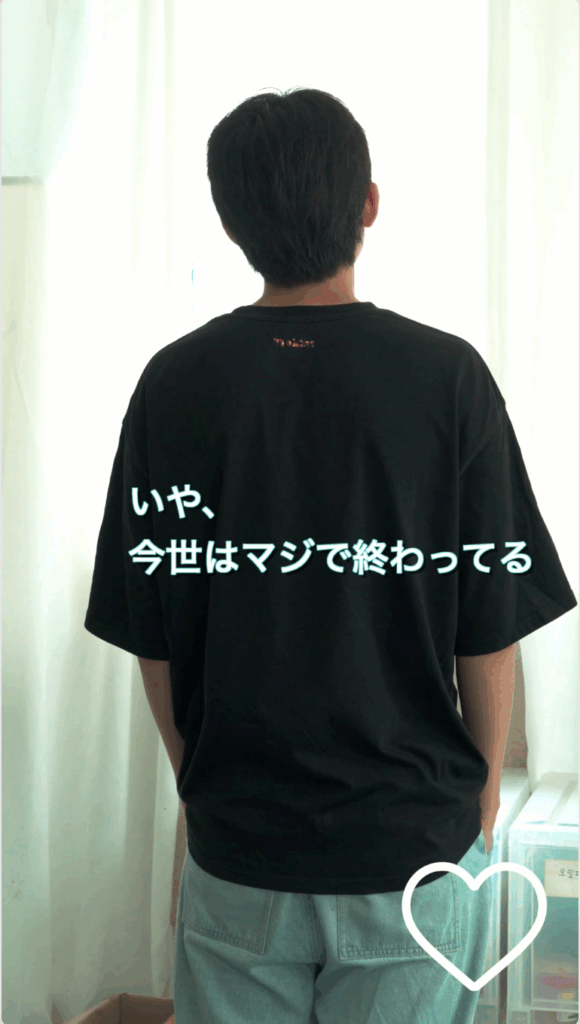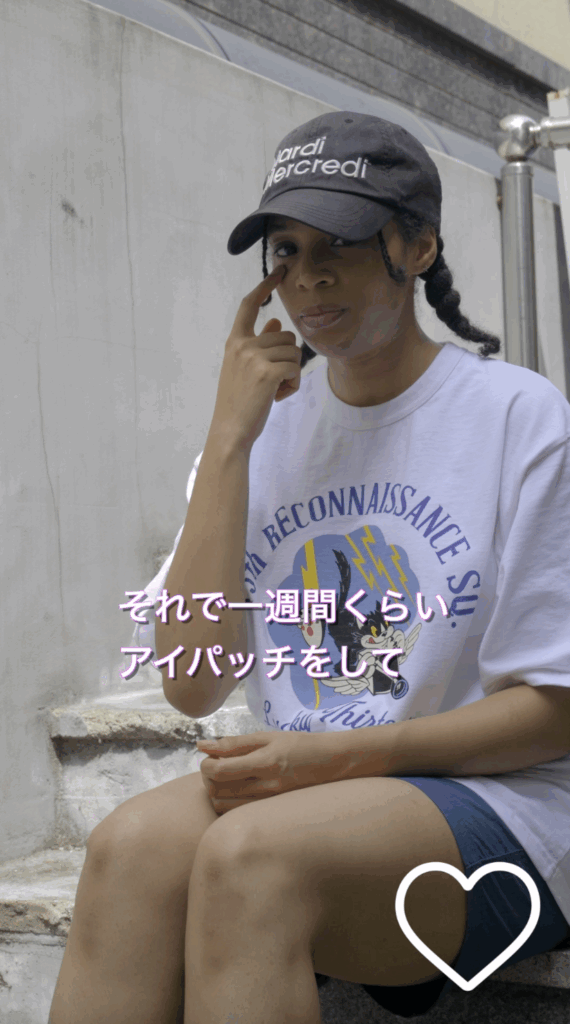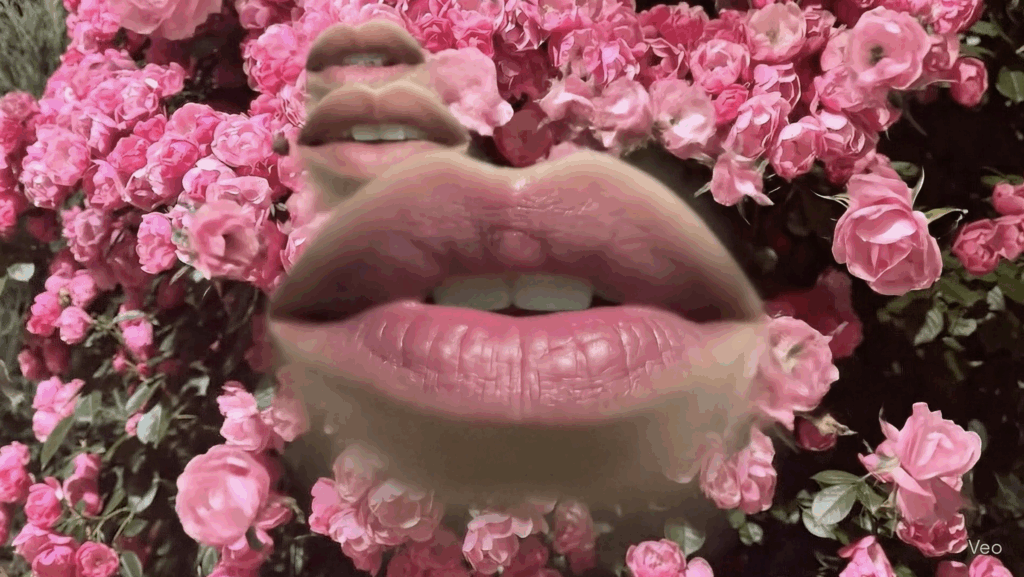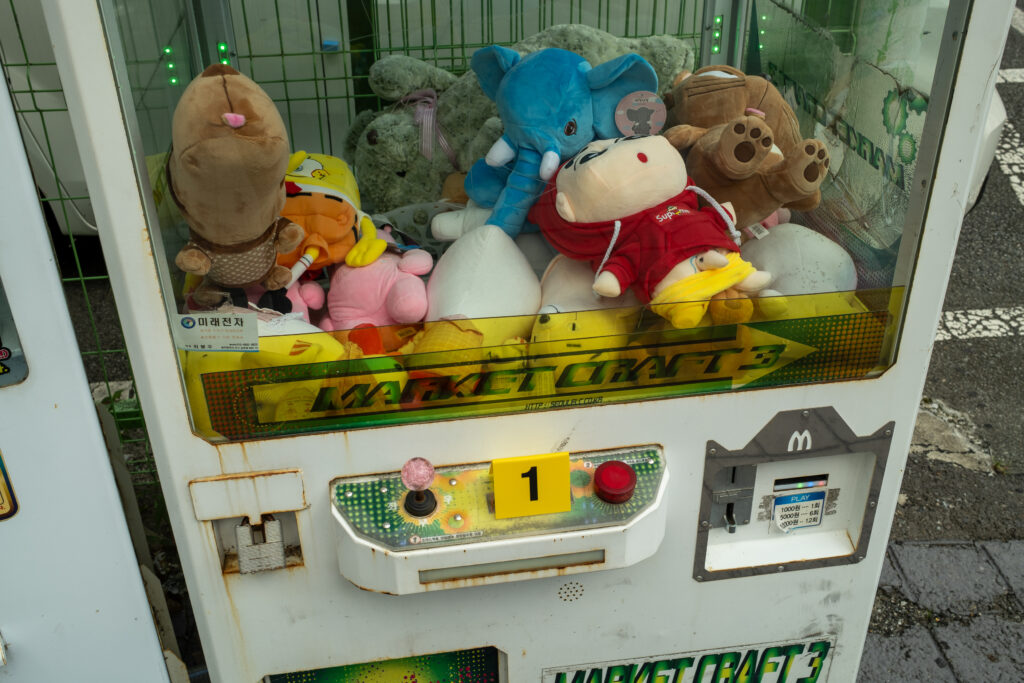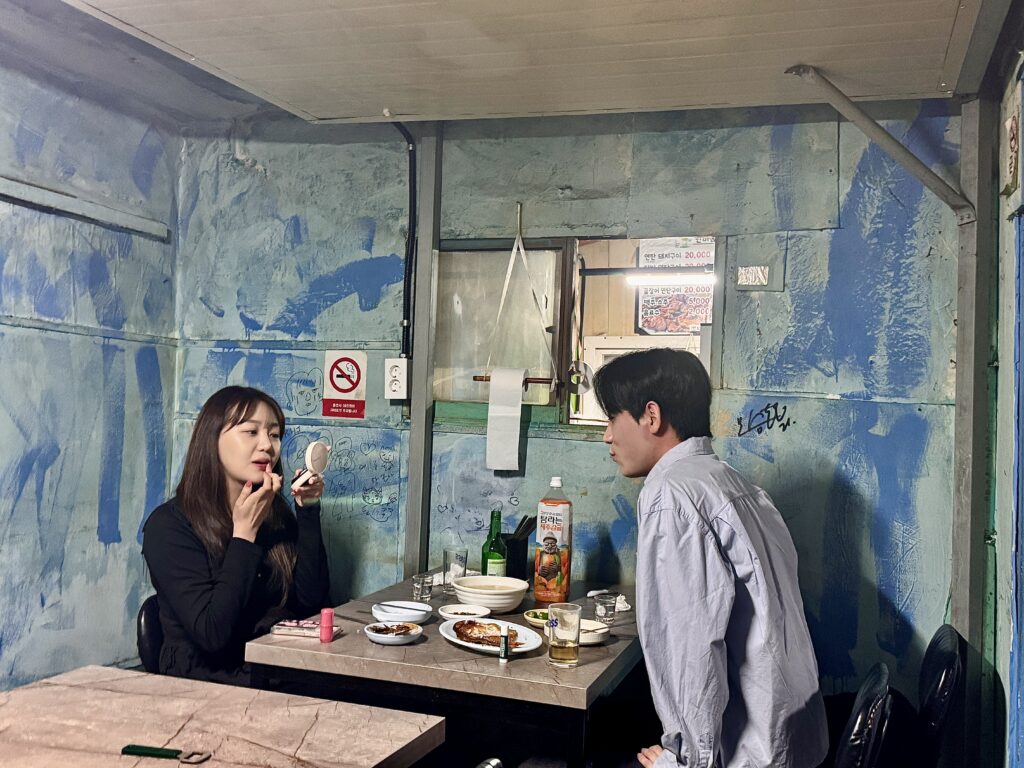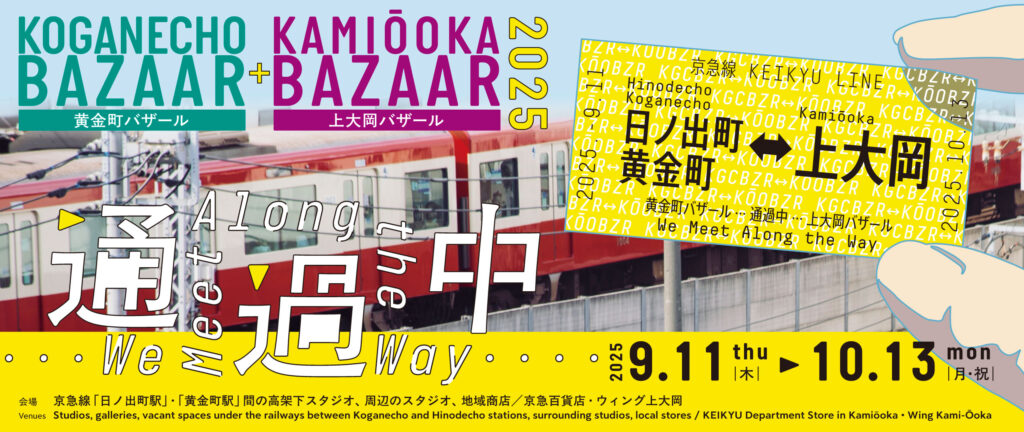
Our Exhibition title: What We Talk About When We Talk About Love
사랑을말할때우리가이야기하는것
愛について語るときに我々の語ること
Dates: September 11 – October 13, 2025
Venue: Kogane Studio D, Koganecho, Yokohama, Japan
Overview:
This exhibition explores the social context surrounding love and separation among the younger generation in Korea.
Content:
Consisting of approximately 15 works including photographs, video, the exhibition will resemble a space where evidence from a case is gathered. Viewers will observe the works as if detectives examining clues in a mystery novel, and through this process, reconstruct hidden stories behind the “case” from their own perspectives. Each piece may be seen as a piece of evidence or interpreted as a chapter from a Raymond Carver story. The exhibition could also be described as an “unfolded film.”
Curatorial Intent:
By presenting various scenes of love and breakup experienced by Korean youth, this exhibition investigates how personal narratives are shaped by societal forces. Through the viewer’s experience of deducing and reconstructing the truth behind the events, it seeks to go beyond mere visual engagement to evoke deep thought and emotion.
Participating Artists:
Yoo Sung Jun | Film Director, Media Artist
Born in Seoul. He studied Film and Multimedia at Korea National University of Arts(K’Arts), and later pursued a Master’s in Expressive Arts Therapy at Myongji University. He spent three years as a resident artist at the Koganecho Area Management Center (KAMC) in Yokohama. Currently based in Seoul, he focuses on capturing poetic moments ineveryday life through cinematic language. Recently, his interest has turned to intergenerational conflict as a reflection of broader social issues in Korea.
HwiHwi | Photographer
Born in Jeju. After majoring in Social Welfare at Keimyung University, she earned an MFA in Photography and Holography from Korea National University of Arts (K’Arts). She also studied Intermedia under Tomáš Vaněk and Fine Art under Borut Vogelnik at the Academy of Fine Arts in Prague. Her work metaphorically reveals unseen narratives through motifs of the transforming landscapes and people of her hometown. She emphasizes three essential elements in her practice: the physicality of film, light, and bodily engagement. Her entire photographic process is carried out by hand. She often incorporates text, such as novels and plays, into her work and continues to create 16mm films. Whereas she once prioritized the immediacy of photographic moments, she now contemplates deeply the single image she wishes to leave behind.
Artist Statement
: In this exhibition, we wanted to gather the countless emotions and traces that arise when we talk about love, and present them as if they were chapters of a short story collection—or as a single unfolding film whose beginning and ending cannot be clearly marked.
The title of the exhibition is borrowed from Raymond Carver’s short story collection. Just as Carver revealed the truth of human life within brief tales, we sought to unravel the theme of love through seven distinct chapters, hoping that audiences might overlay their own experiences as they move through the works.
The first chapter, Yoo Sung Jun’s Reels series, employs the light and fleeting style of short-form video. The stories of Junho and Leila seem separate, yet echo each other, throwing out confessions that are difficult to brush aside within the stream of casually consumed images. The AI character Seiha then appears, endlessly generating new faces while confronting a crisis of identity, questioning the boundary between human and nonhuman.
Yoo Sung Jun’s Error 0x0001 depicts a large language model trapped in the realm of words, struggling to grasp human emotion. By layering seemingly crude AI-generated imagery with text resembling a love poem, the work conjures a landscape where technological failure and human wounds intersect.
HwiHwi’s The Contact reveals the traces of physical touch—of fingers, of encounters with others, events, and landscapes. Onto 16mm and 35mm film, drawings and photograms have been added to visualize invisible emotional movements and tensions. Through this, the work hopes to create yet another form of “contact” the moment viewers stand before it. In Disposable: quicksnap or funsaver, HwiHwi presents fleeting forms of love that, like disposable cameras, flare brightly only once before being discarded. “Love to be used once and thrown away; love that cannot appear without a flash; love that remains underexposed to the light”—these phrases echo the sentiments of youth, leaving painful fragments of irretrievable memories etched onto film.
HwiHwi’s photographic series Ssangmoon Station, Hongjae, Dobong, and Gangneung capture places where memories of love linger, rendered in black-and-white landscapes. Within familiar yet desolate scenes, one can sense the traces of vanished relationships and the lingering resonance of emotion.
Yoo Sung Jun’s photo series Melodrama portrays ordinary couples encountered on the street as cinematic moments. In Korea, melodrama is a much-loved genre. Within its instantly recognizable narratives, we hoped to offer the pleasure of discovering poetic elements. The final chapter, A Cold Case File of Love, unfolds the traces left behind at the end of relationships, laid out like pieces of evidence. We invite viewers to follow these fragments as if detectives in a mystery novel, reconstructing the love and youth of Korea’s younger generations.
Though this exhibition may seem like a familiar story of love, we hope you will also read the social contexts lying beneath it. We look forward to seeing what thoughts arise in you, and before which scenes you pause. One day, we hope to hear your stories of love as well.
At the threshold of Koganecho, as the summer of 2025 passes,
Yoo Sung Jun & HwiHwi

